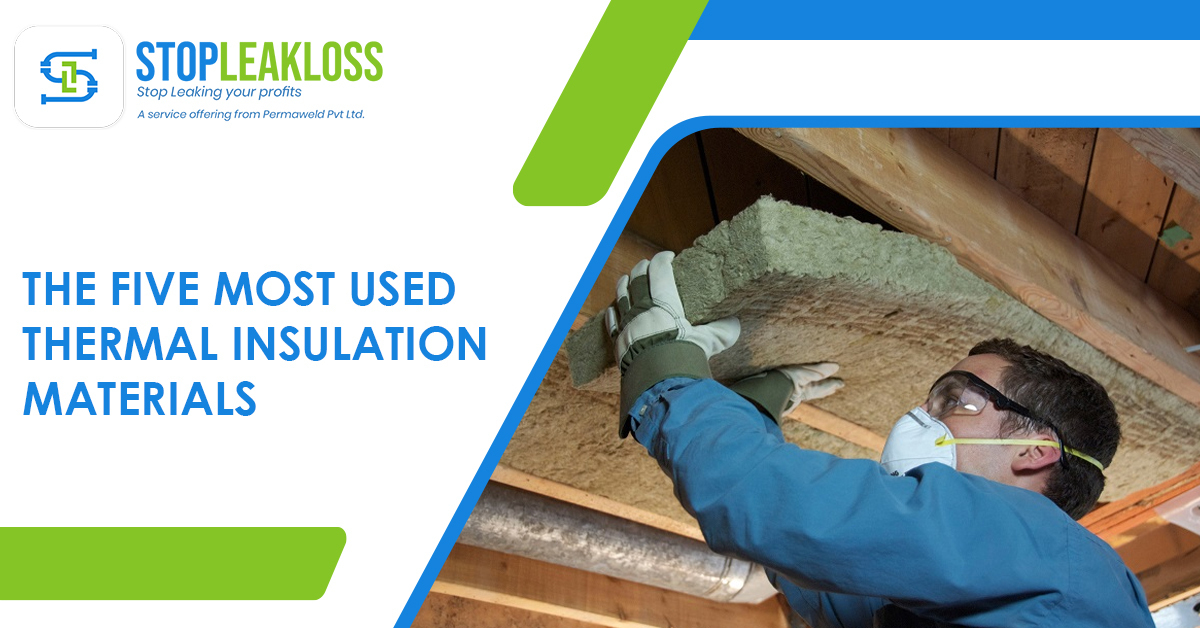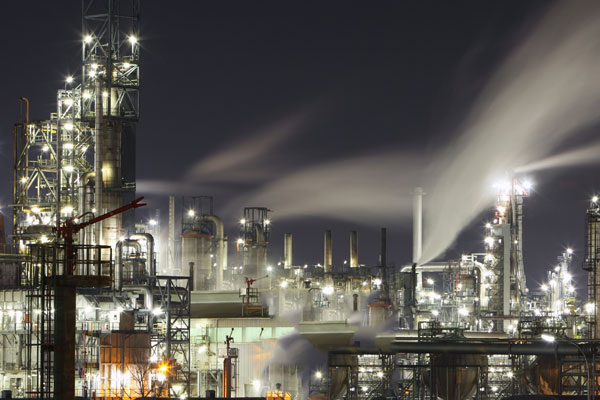
The Five Most Used Thermal Insulation Materials
Industrial thermal insulation- On the market today, there is a plethora of low-cost and widely used industrial thermal insulation. Many of them have existed for a long time. There are advantages & disadvantages to each of these insulating materials. As a result, you should know which insulation material would work best in your situation when determining which insulation material to utilize. The blog below considers R-value, environmental impact, flammability, sound insulation, and other aspects. The five most prevalent insulating materials are as follows:
Polystyrene
Polystyrene is a sound and temperature-insulating waterproof thermoplastic foam. Expanded (EPS) and extruded (XEPS) Styrofoam are the two forms available. Performance ratings and pricing differences between the two varieties. XEPS has an R-value of R-5.5, whereas EPS has an R-value of R-4. No other type of insulation has a surface as smooth as polystyrene. (industrial thermal insulation)
Foam is usually made or cut into blocks, perfect for wall insulation. However, because the foam is flammable, it must be treated with Hexabromocyclododecane, a fireproofing agent (HBCD). The usage of HBCD has recently been criticized due to potential health and environmental hazards.
Polyurethane Foam
Polyurethane foams are good insulation, despite not being the most prevalent. Non-chlorofluorocarbon (CFC) gas is now commonly used as a blowing agent in polyurethane foams. The damage to the ozone layer is reduced as a result. They weigh about two pounds per cubic foot (2 lb/ft3). Per inch of thickness, they have an R-value of around R-6.3. Low-density foams can also be sprayed in areas where insulation is lacking. The R-3.6 value per inch of thickness is typical of this type of polyurethane insulation. This form of insulation also has the added benefit of being fire-resistant and used in industrial thermal insulation.
Insulation made from fiberglass | Industrial thermal Insulation
In today’s world, fiberglass is the most popular type of industrial thermal insulation. Fiberglass can decrease heat transfer because of the way it is created, which involves weaving thin strands of glass into an insulation layer. However, the hazard of handling fiberglass is its biggest disadvantage. Glass powder and tiny shards of glass are created because fiberglass is constructed from finely woven silicon. If the right safety equipment isn’t worn, it might cause damage to the eyes, lungs, and even skin. However, fiberglass installation can be done safely if the right safety equipment is employed. (industrial thermal insulation)
With R-values ranging from 2.9 to 3.8 per inch, fiberglass is an excellent non-flammable insulation material. If you’re looking for a low-cost insulating option, this is it. However, it does necessitate certain safety considerations during installation. When handling this product, wear protective eyewear, masks, and gloves.
Mineral Wool
Mineral wool is a generic term for a variety of insulating materials. For starters, it could refer to glass wool, a type of fiberglass made from recycled glass. Second, it could refer to rock wool, a sort of basalt insulation. Finally, it may also refer to slag wool, which is made from steel mill slag. Slag wool makes up the majority of mineral wool in the majority of countries.
Mineral wool is available in both batts and loose forms. Because most mineral wool does not have chemicals that make it fire resistant, it is unsuitable for use in situations involving severe heat. It is not, however, combustible. Mineral wool may be an effective technique for insulating vast areas when used in conjunction with others, and can be developed in fire-resistant forms of insulation—R-values for mineral wool range from R-2.8 to R-3.5.
Cellulose
One of the utmost environmentally friendly forms of insulation is cellulose insulation. Cellulose comes in a loose form and is created from recycled cardboard, paper, and other similar materials. R-values range from R-3.1 to R-3.7 for cellulose. Recent cellulose research has suggested that it could be a good solution for reducing fire damage and used as industrial thermal insulation. Cellulose contains almost no oxygen due to its compact nature. This helps to reduce the damage a fire can inflict by removing oxygen from the substance.
As a result, cellulose is not only one of the most environmentally beneficial forms of insulation, but it also works fire-resistant. However, there are certain disadvantages to this material, including that some people may be allergic to newspaper dust. Furthermore, compared to fiberglass, finding persons competent in the use of this form of insulation is difficult. Nonetheless, cellulose is a low-cost and excellent insulator.
Other Materials Used for Insulation
The insulation materials listed above are the most prevalent, but they are not the only ones utilised. Aerogel (used by NASA to build heat-resistant tiles capable of withstanding temperatures up to about 2000 Degree Fahrenheit with little or no heat transfer) has recently become more economical and accessible for industrial thermal insulation. Pyrogel XT is a great example. Pyrogel is a high-performance industrial insulator. It requires 50% to 80% less thickness than other insulation materials. Pyrogel is increasingly being employed for specialized purposes, despite being slightly more expensive than some insulation materials.



